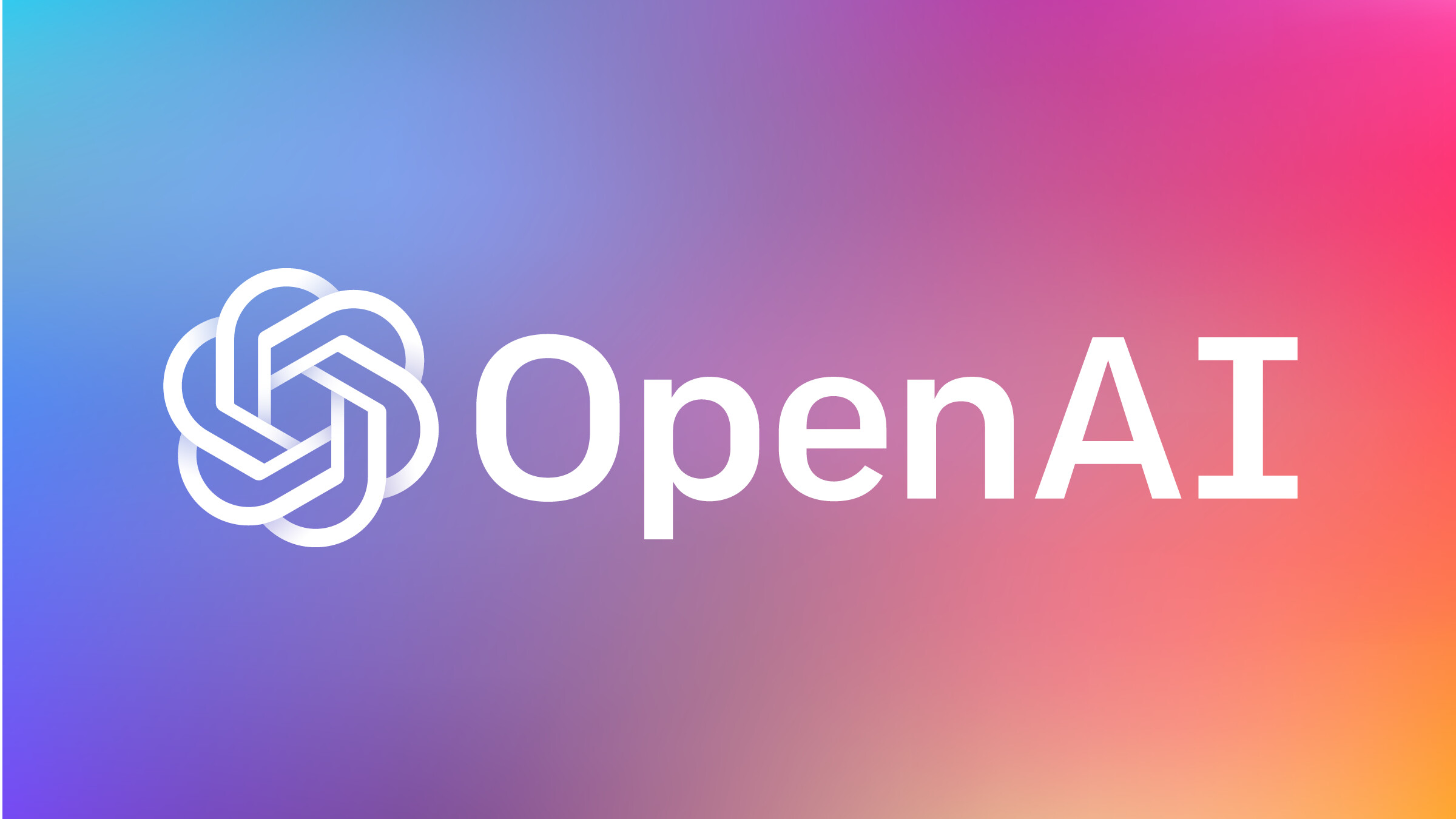PMBug has an integration with OpenAI.com's ChatGPT AI via a programming API. This integration is only working in the ChatGPT Playpen forum room. The rest of the PMBug site functions as normal.
Presently, participation in the ChatGPT Playpen forum room is limited to the moderating team and PM Bug members that have an active membership upgrade. The API used to interact with ChatGPT charges a very small, nominal fee based upon the volume of data that is processed (input and output), so it's not really feasible to provide access for free.
To interact with ChatGPT, you can (if you have an upgraded membership) either create a new thread topic, or reply to an existing ChatGPT post using the reply with quote option. ChatGPT will only respond to replies if you quote one of it's posts.
It seems that it doesn't really matter if you quote ChatGPT's entire post or just a few words of it's post. The integration developer informed me that the integration is just passing the text of a post (new thread post or quote+reply) in order to prompt a response from ChatGPT. I assume there must be some sort of session/thread ID involved as well because ChatGPT appears to respond with the context of the full thread discussion.
Presently, participation in the ChatGPT Playpen forum room is limited to the moderating team and PM Bug members that have an active membership upgrade. The API used to interact with ChatGPT charges a very small, nominal fee based upon the volume of data that is processed (input and output), so it's not really feasible to provide access for free.
To interact with ChatGPT, you can (if you have an upgraded membership) either create a new thread topic, or reply to an existing ChatGPT post using the reply with quote option. ChatGPT will only respond to replies if you quote one of it's posts.
It seems that it doesn't really matter if you quote ChatGPT's entire post or just a few words of it's post. The integration developer informed me that the integration is just passing the text of a post (new thread post or quote+reply) in order to prompt a response from ChatGPT. I assume there must be some sort of session/thread ID involved as well because ChatGPT appears to respond with the context of the full thread discussion.




